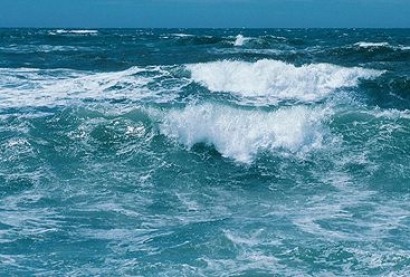
The marine and hydrokinetic industry, which aims to harness various marine and hydrokinetic resources including ocean waves, tidal streams, river flows, ocean currents, and ocean thermal differences for power generation, stands at a critical point, says Pike Research in its latest report.
The authors of the report highlight that the technologies are improving, major energy companies and utilities are making investments, industry associations are gaining lobbying power, and governments are completing or updating their country-level deployment targets and roadmaps, enacting competitive financial incentives, and (in many cases) garnering public support. However, they also warn that "now the industry must deliver on its promise or risk losing investor interest and political support”. Whether the industry can reach the same level of success as other renewable energy sectors, such as wind power, depends on a host of significant challenges across the technology/policy/finance spectrum – most of which should play out over the next five years.
“The next six years will see the launch of a number of ‘Phase 1’ early deployments that have the potential to be scaled up significantly toward the end of the decade,” says research analyst Dexter Gauntlett. “Although wave energy has received the most press coverage, our research shows that tidal energy is shaping up to be the lower cost option, and therefore the closest to large-scale deployment.”
By 2017, Pike Research forecasts, worldwide tidal stream capacity will reach 2.4 GW. The top-producing countries will be South Korea (750 MW), the United Kingdom (529 MW), and Canada (300 MW), followed by India, China, New Zealand (200MW each), and Australia (100MW). In terms of overall support for marine and hydrokinetic technologies, the United Kingdom is the clear leader. The clearest reason why Europe (specifically the United Kingdom) is leading the rest of the world in marine energy is because it has the world’s only grid-connected, multi-berth, open sea test facilities for wave and tidal marine energy devices.
Pike Research’s report, “Hydrokinetic and Ocean Energy”, analyzes the global market opportunities to harness marine and hydrokinetic technologies for power generation. The study examines multiple MHK technologies including ocean wave, tidal stream, river hydrokinetic, ocean current, and ocean thermal technologies, assessing the relative advantages and disadvantages of the various options. Profiles and SWOT analysis are provided for key industry players and detailed market forecasts for installed capacity and revenue extend through 2017.
For additional information:

